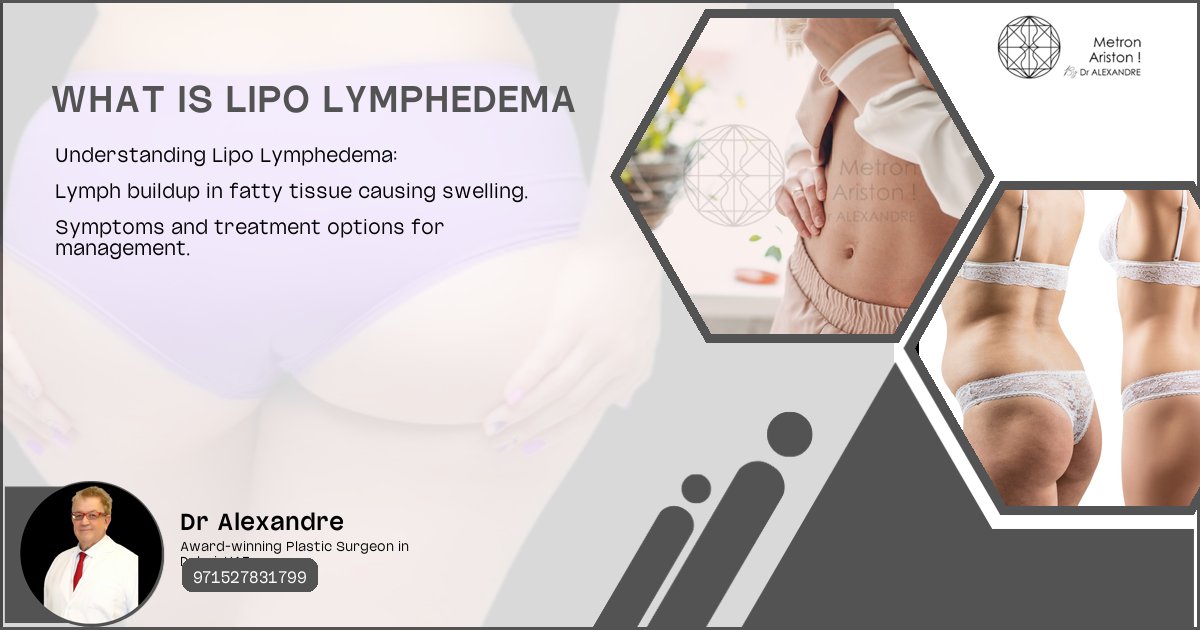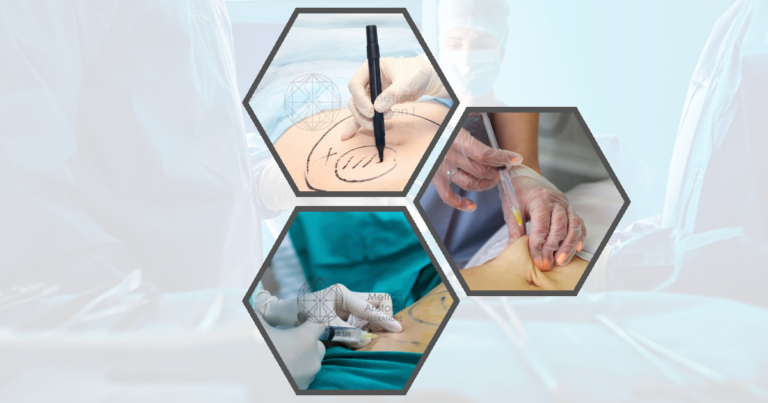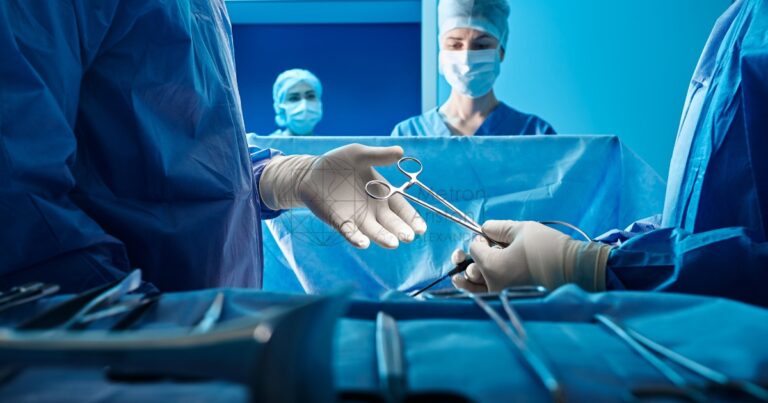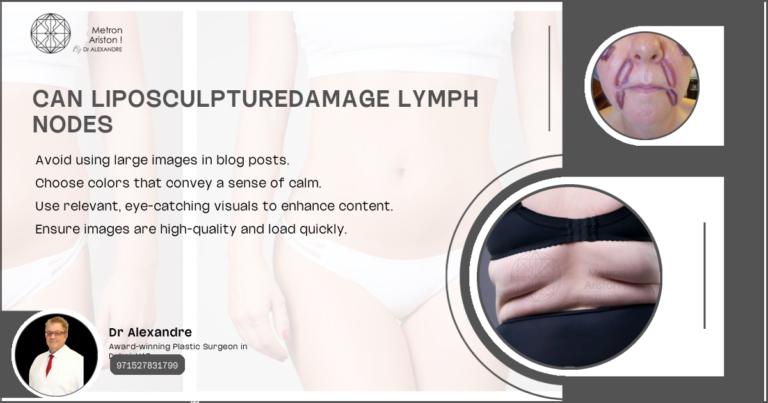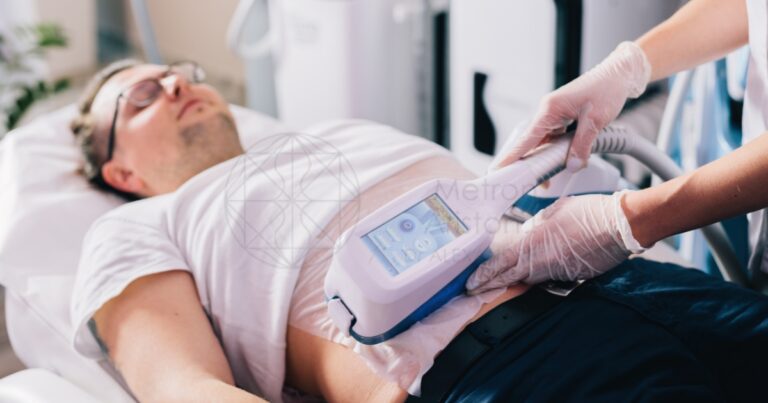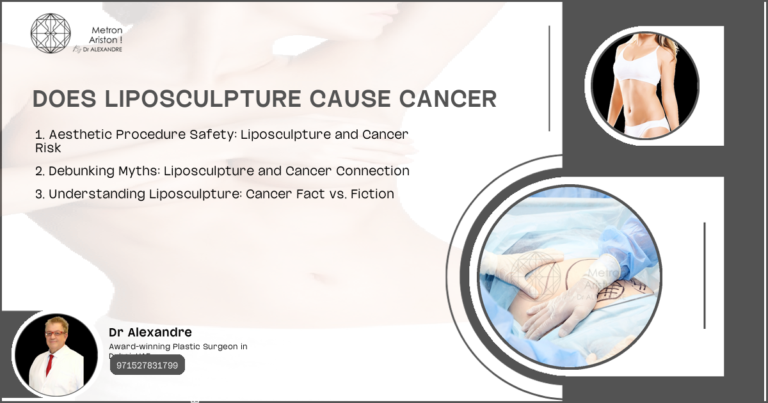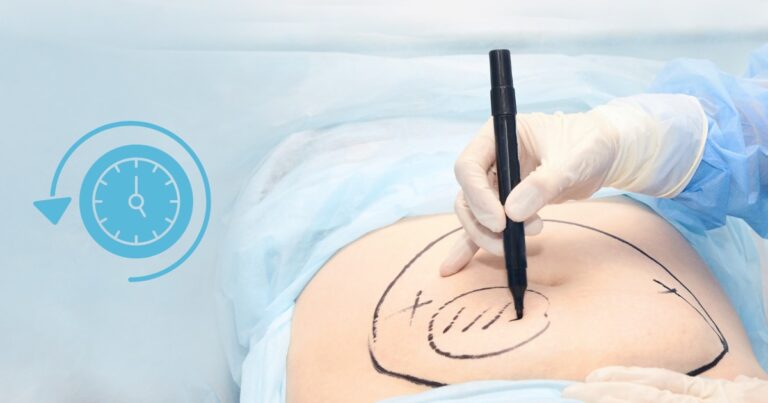What Is Lipo Lymphedema?
Liposculpture is a cosmetic surgery technique that removes fat deposits to reshape specific areas of the body. Unlike traditional liposuction, it focuses on precision and contouring, often using smaller cannulas for more detailed work. This procedure is popular for its ability to enhance body aesthetics with minimal scarring.
Lymphedema, on the other hand, is a chronic condition where excess lymph fluid collects in tissues, causing swelling. It often occurs in the arms or legs but can affect other body parts. Lymphedema can result from genetic factors or damage to the lymphatic system, such as from surgery or radiation therapy.
- Liposculpture : Precision-focused fat removal.
- Lymphedema : Chronic swelling due to lymph fluid accumulation.
The Relationship Between Liposculpture and Lymphatic System
Liposuction, including liposculpture, involves the removal of fat through suction. This process can inadvertently affect the lymphatic system, which is responsible for fluid balance and immune function. Disruption of lymphatic vessels during liposuction can lead to lymphedema, especially if the procedure is extensive or improperly performed.
Tummy Reshaping Procedure
Tummy Reshaping Procedure helps make your belly look flatter and smoother by removing extra fat and skin doctors use special tools to change the shape of your tummy during this surgery
However, when performed with care, liposuction can also aid in managing lymphedema. By reducing fat deposits, it can decrease the pressure on lymphatic vessels, potentially improving lymphatic drainage and reducing swelling.
- Liposculpture Impact : Potential disruption of lymphatic vessels.
- Liposculpture Benefit : Can aid in reducing pressure on lymphatic vessels.
Understanding Lipo Lymphedema
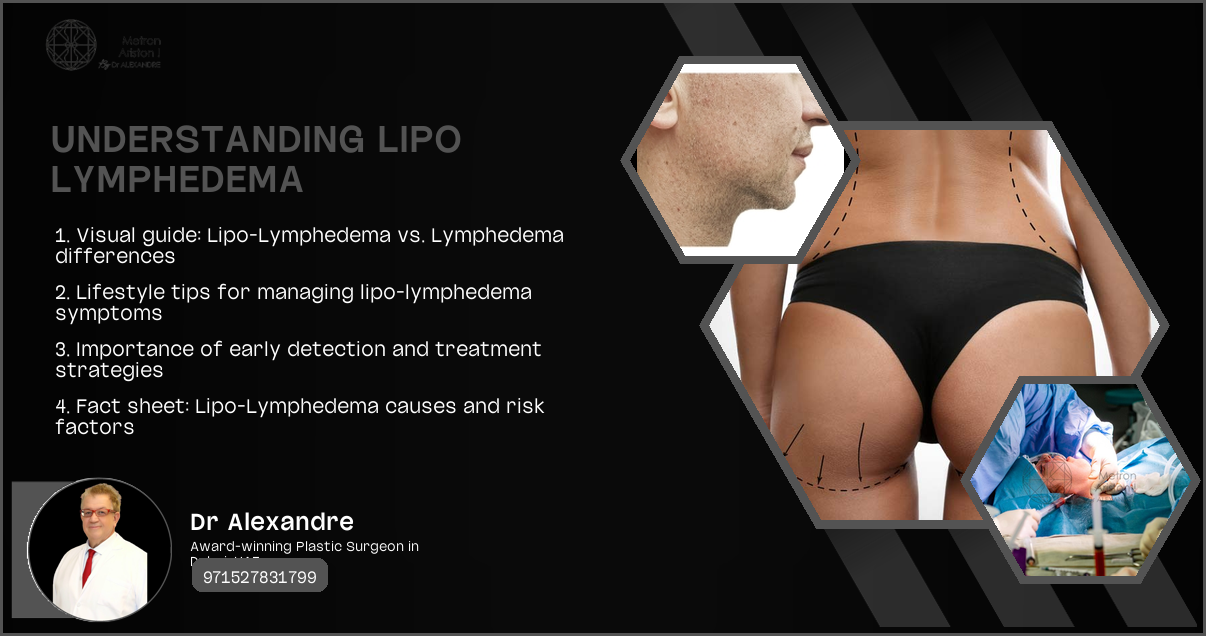
Symptoms and Causes of Lipo Lymphedema
Lipo lymphedema manifests as persistent swelling, heaviness, and discomfort in the affected area. It can result from surgical trauma to the lymphatic system or as a complication of untreated lymphedema. Symptoms may worsen over time if not addressed.
- Symptoms : Swelling, heaviness, discomfort.
- Causes : Surgical trauma, untreated lymphedema.
Stages of Lipo Lymphedema
Lipo lymphedema progresses through stages, starting with mild swelling and advancing to more severe forms. Early stages may involve reversible swelling, while later stages can lead to permanent tissue changes and fibrosis.
- Stage 1 : Mild, reversible swelling.
- Stage 2 : Moderate swelling with tissue changes.
- Stage 3 : Severe swelling with fibrosis.
Complications of Untreated Lipo Lymphedema
If left untreated, lipo lymphedema can lead to complications such as skin infections, reduced mobility, and psychological distress. Chronic swelling can also cause skin changes and increase the risk of cellulitis.
- Complications : Skin infections, reduced mobility, psychological distress.
- Risks : Skin changes, increased cellulitis risk.
Liposculpture as a Treatment for Lymphedema
Indications for Lymphedema Liposuction
Liposuction for lymphedema is indicated when conservative treatments fail to control swelling. It is particularly beneficial for patients with significant fat deposits contributing to their condition.
- Indications : Failure of conservative treatments, significant fat deposits.
- Benefits : Reduction in swelling, improved quality of life.
Contraindications for Lymphedema Liposuction
Certain conditions may contraindicate liposuction for lymphedema, such as active infections, poor skin quality, or severe cardiovascular issues. A thorough evaluation is necessary to determine suitability.
- Contraindications : Active infections, poor skin quality, cardiovascular issues.
- Evaluation : Thorough assessment required.
The Liposculpture Procedure for Lymphedema
Surgical Technique
The surgical technique for lymphedema liposuction involves careful removal of fat while preserving lymphatic structures. Surgeons use specialized tools and techniques to minimize trauma and optimize results.
- Technique : Careful fat removal, lymphatic preservation.
- Tools : Specialized instruments for minimal trauma.
Postoperative Care and Compression Therapy
Postoperative care is crucial for successful outcomes. Compression therapy is often recommended to support healing and maintain results. Patients may need to wear compression garments for several weeks.
- Care : Essential for recovery.
- Compression Therapy : Supports healing, maintains results.
Volume Measurements and Outcome Assessment
Volume measurements before and after surgery help assess the effectiveness of the procedure. Regular follow-ups ensure that swelling is managed and complications are avoided.
- Measurements : Assess effectiveness.
- Follow-ups : Monitor swelling, prevent complications.
Benefits of Liposculpture for Lymphedema
Positive Effects on Quality of Life
Liposculpture can significantly improve the quality of life for lymphedema patients. By reducing swelling, it enhances mobility, comfort, and self-esteem.
- Benefits : Improved mobility, comfort, self-esteem.
- Quality of Life : Significant enhancement.
Impact on Lymphatic Function
Liposculpture can impact lymphatic function, either positively by reducing pressure or negatively if lymphatic structures are damaged. Careful surgical technique is essential.
- Impact : Can be positive or negative.
- Technique : Essential for preserving function.
Medical Management of Lymphedema
Decongestive Lymphatic Therapy (DLT)
Decongestive Lymphatic Therapy (DLT) is a cornerstone of lymphedema management. It combines manual lymphatic drainage, compression, exercise, and skin care to reduce swelling and improve lymphatic function.
- Components : Manual drainage, compression, exercise, skin care.
- Goal : Reduce swelling, improve function.
Compression Garments and Bandages
Compression garments and bandages are essential for managing lymphedema. They help maintain pressure on tissues, preventing fluid accumulation and supporting lymphatic drainage.
- Purpose : Maintain pressure, prevent fluid accumulation.
- Support : Essential for lymphatic drainage.
Skin Care and Exercise
Proper skin care and exercise are vital for lymphedema patients. Skin care prevents infections, while exercise promotes lymphatic flow and reduces swelling.
- Skin Care : Prevents infections.
- Exercise : Promotes lymphatic flow, reduces swelling.
Surgical Options for Lymphedema Beyond Liposculpture
Lymph Node Transfer
Lymph node transfer involves transplanting healthy lymph nodes to the affected area. This procedure aims to restore lymphatic function and reduce swelling.
- Procedure : Transplant healthy lymph nodes.
- Goal : Restore function, reduce swelling.
Lymphovenous Anastomosis
Lymphovenous anastomosis is a microsurgical procedure that connects lymphatic vessels to veins. It helps redirect lymph fluid, reducing swelling and improving symptoms.
- Procedure : Connect lymphatic vessels to veins.
- Benefit : Reduces swelling, improves symptoms.
Prevention and Risk Reduction for Lymphedema
Lifestyle Modifications
Lifestyle modifications can help reduce the risk of lymphedema. Maintaining a healthy weight, avoiding injury, and practicing good skin care are essential strategies.
- Strategies : Healthy weight, avoid injury, good skin care.
- Goal : Reduce risk.
Early Detection and Intervention
Early detection and intervention are crucial for managing lymphedema. Regular monitoring and prompt treatment can prevent progression and complications. Liposculpture risks complications can include bruising swelling and uneven results Some patients may experience infection or changes in skin sensation after the procedure Edema post liposculpture Swelling after fat removal surgery is common and normal
Neuropathy liposculpture complications can cause numbness and pain in the treated areas This may lead to difficulty feeling or moving parts of the body after the procedure Nerve complications liposculpture can cause numbness or tingling in the treated areas This may happen when nerves are accidentally damaged during the fat removal process
Liposculpture contours physique is a way to shape the body by removing extra fat It helps create a smoother and more toned look in specific areas Liposculpture motivates slimming by showing people how their body can look after fat removal This can inspire them to keep working on their fitness goals and maintain a healthier lifestyle
Liposculpture fat removal is a way to shape your body by taking out extra fat It uses small tubes to suck out fat from specific areas to make you look slimmer Liposculpture minimally tightens the skin by removing small amounts of fat from specific areas It can help shape the body but doesn’t significantly improve loose or sagging skin
Liposculpture hepatic effects can impact the liver’s function and health This procedure may cause changes in how the liver processes fats and toxins Liposculpture menstrual impact
Liposuction alternative comparison Non-surgical fat reduction methods like coolsculpting and laser treatments offer less invasive options compared to traditional liposuction for those looking to slim down specific body areas Nano fat grafting pricing Dubai can vary depending on the clinic and doctor you choose People interested in this procedure should contact different clinics in Dubai to get accurate pricing information for
- Importance : Crucial for management.
- Approach : Regular monitoring, prompt treatment.
Finding a Qualified Lymphedema Specialist
Importance of Specialized Care
Specialized care is vital for effective lymphedema management. A qualified specialist can provide tailored treatment plans and monitor progress.
- Care : Vital for management.
- Specialist : Provides tailored treatment.
Questions to Ask Your Healthcare Provider
When seeking treatment, ask your healthcare provider about their experience with lymphedema, available treatment options, and expected outcomes. Understanding these aspects can help you make informed decisions.
- Experience : Provider’s experience with lymphedema.
- Options : Available treatments.
- Outcomes : Expected results.
FAQ’s
Can liposuction worsen lymphedema?
Liposuction can potentially worsen lymphedema if not performed correctly. Disruption of lymphatic vessels during the procedure can exacerbate swelling. It is crucial to have the surgery done by a qualified specialist to minimize risks.
Is liposuction for lymphedema a cosmetic procedure?
Liposuction for lymphedema is not primarily a cosmetic procedure. It is a therapeutic intervention aimed at reducing swelling and improving function. The focus is on health benefits rather than aesthetic outcomes.
How effective is liposuction for advanced stage lymphedema?
Liposuction can be effective for advanced stage lymphedema, particularly when conservative treatments have failed. It helps reduce fat deposits and swelling, improving patient comfort and mobility. However, it requires careful patient selection and postoperative care.
What is the recovery time after lymphedema liposuction?
Recovery time after lymphedema liposuction varies but typically involves several weeks of healing. Patients may need to wear compression garments and follow specific care instructions. Full recovery can take a few months, depending on individual factors.


